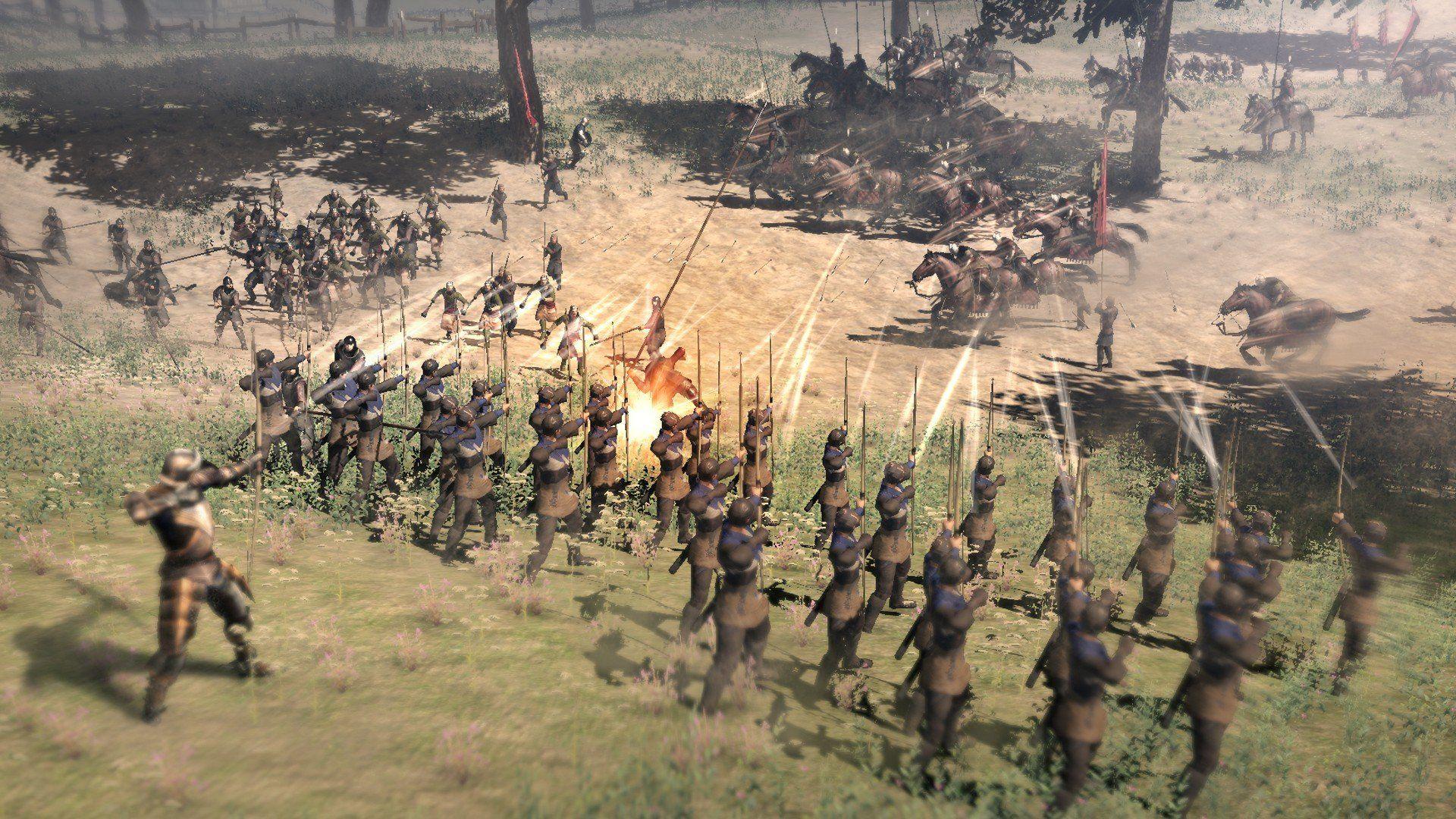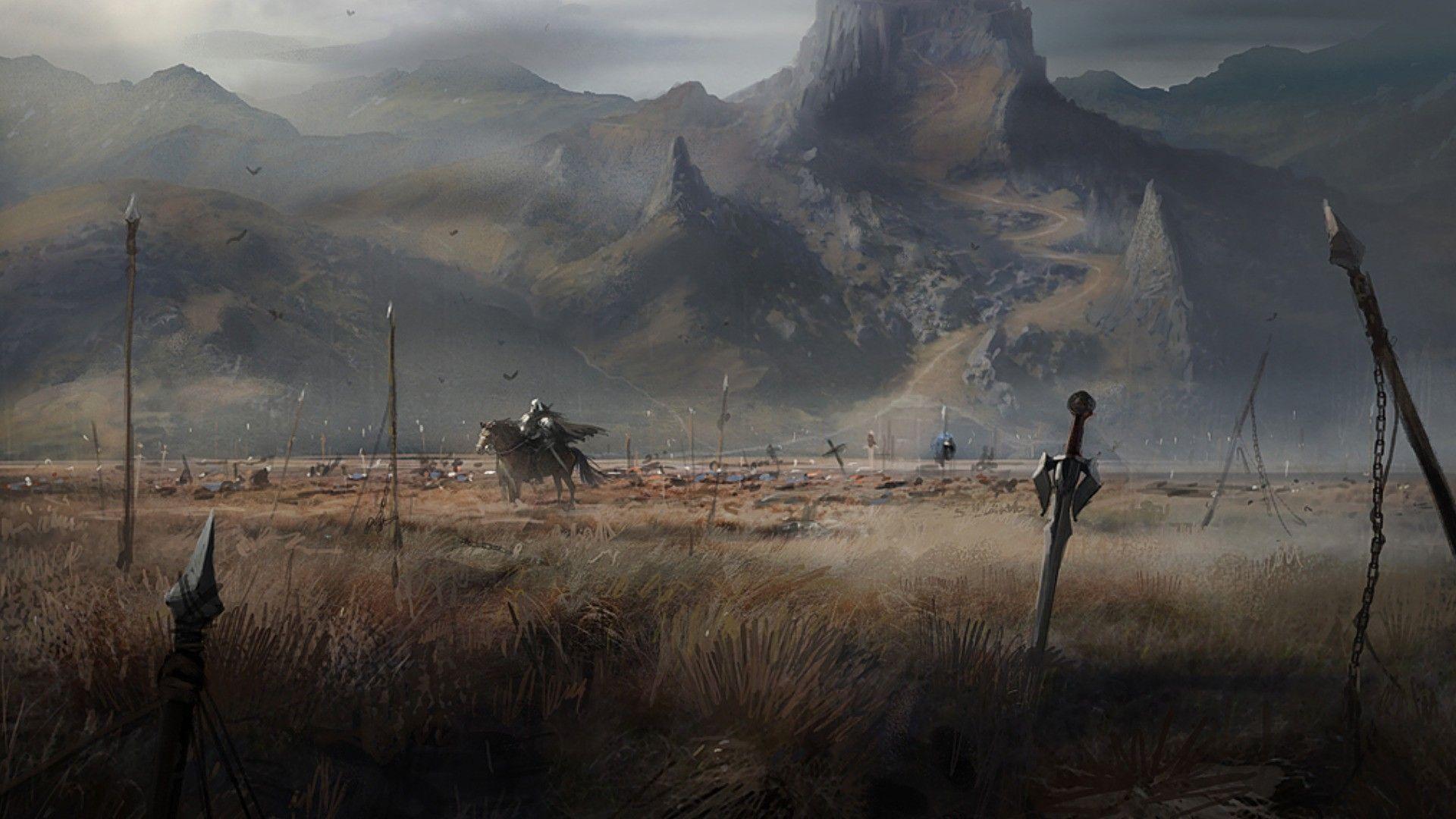

As you make your way down the steep slopes of Branxton Hill to the wet ground at the bottom it’s easy to see why things turned out as they did. There is today good footpath access across the battlefield and some excellent information panels. More than 5,000 Scots fell, including James IV – the last British monarch to die in battle. A surprise attack upon the highlanders on the right completed the English victory. As they floundered in the boggy ground at the foot of the hill they were cut to pieces by Surrey’s men with their deadly bills. Those on the left managed to push back their English opponents but most of James’s men became disorganised as they struggled down the slope with their long, unwieldy pikes. James hoped to force the English to attack him but, goaded by Surrey’s artillery, his men moved forward. The Earl of Surrey raised an English force to confront him and after a brief period of negotiation and manoeuvring the two armies met outside Branxton village with the Scots deployed on a steep hill. James obliged, crossing the Tweed and capturing a string of English castles. When Henry VIII invaded France in 1513, Louis XII asked his Scottish ally James IV to create a diversion by invading England. To find out more, visit 3 Flodden (Northumberland), 9 September 1513 Many of the Lancastrians fled this way and it was said that where it met the Cock Beck so many dead were piled up that they formed a bridge of bodies across the water.

If you’re in the village of Towton it’s worth walking down the track that was once the London Road. There’s today a clearly marked trail around much of the battlefield, with boards displaying information about the battle and those involved in it.

Contemporary claims that 28,000 died that day were undoubtedly an exaggeration, but Towton was almost certainly one of the bloodiest battles on English soil. Thousands of Lancastrians were cut down in the merciless pursuit that followed, while others drowned as they struggled to escape across the Cock Beck, which is said to have run red with blood. The Lancastrians had the advantage of numbers, but with Edward fighting in the thick of the action the Yorkist line held until the arrival of reinforcements tipped the balance in their favour. With the wind behind them, the Yorkists came off better, prompting the Lancastrians to move forward and attack. The battle began with an exchange of archery in a blinding blizzard. It does not store any personal data.2 Towton (North Yorkshire), 29 March 1461įought just outside Tadcaster, the battle of Towton saw the crushing defeat of the Lancastrian forces of Henry VI and the establishment of the Yorkist Edward IV as king of England. The cookie is set by the GDPR Cookie Consent plugin and is used to store whether or not user has consented to the use of cookies. The cookie is used to store the user consent for the cookies in the category "Performance". This cookie is set by GDPR Cookie Consent plugin. The cookies is used to store the user consent for the cookies in the category "Necessary". The cookie is used to store the user consent for the cookies in the category "Other. The cookie is set by GDPR cookie consent to record the user consent for the cookies in the category "Functional". The cookie is used to store the user consent for the cookies in the category "Analytics". These cookies ensure basic functionalities and security features of the website, anonymously. Necessary cookies are absolutely essential for the website to function properly.


 0 kommentar(er)
0 kommentar(er)
